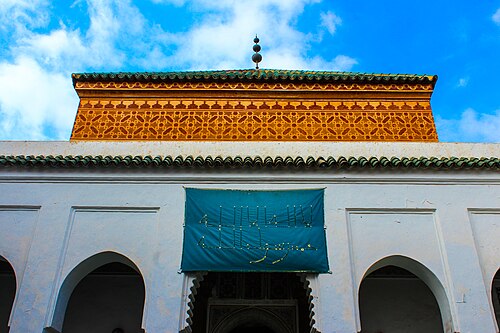
Sidi Abd al-Aziz ibn Abd al-Haqq al-Tabba' al-Hasani was born into a family that claimed descent from the Prophet Muhammad. His surname "al-Tabba'" (also rendered as "al-Harrar") derived from his profession as a silk worker (harrar), indicating his humble origins despite his noble lineage. He died in 1508 CE (914 AH), having established himself as one of the most important spiritual figures in Marrakesh during the transitional period from Almoravid decline to Sa'di ascendancy.
As a direct disciple of Imam Muhammad al-Jazuli, the great compiler of Dala'il al-Khayrat, al-Tabba' inherited a spiritual lineage of extraordinary power. Under Imam al-Jazuli's guidance, he received comprehensive training in both the outward sciences of Islamic law and the inward sciences of spiritual realization. The Imam had emphasized personal discipline, ego refinement, and the transformation of disciples into saints—a pedagogical approach that al-Tabba' would adopt and adapt in his own teaching.
After the death of Imam al-Jazuli in 1465 and the subsequent transfer of his body to Marrakesh in 1534, the city became increasingly important as a center of Jazuli spirituality. Abd al-Aziz al-Tabba' played a crucial role in this development by founding the first zawiya of the Jazuli order in Marrakesh, creating an institutional base for the transmission of his master's teachings.
According to Ibn Askar in Dawhat al-Nashir, al-Tabba' developed a distinctive pedagogical method. While Imam al-Jazuli had trained his disciples using the poem of Sheikh Abu al-Hajjaj al-Darir on the principles of religion, al-Tabba' chose to educate his followers through the fundamental investigations (al-mabahith al-asliyya) of the great mystic Ibn al-Banna al-Saraqusṭi. This choice reveals his preference for deeper philosophical and mystical inquiry, preparing his students for the heights of spiritual realization.
What distinguished al-Tabba' from many other Sufi masters was his emphasis on agriculture and practical land management as integral to spiritual formation. Rather than viewing manual labor as separate from or inferior to contemplation, he integrated farming, irrigation, and cultivation into the very fabric of discipleship. This approach was revolutionary and would profoundly influence his most famous student.
The zawiya al-Tabba' established in Marrakesh included extensive gardens and agricultural lands. Students were not merely taught dhikr (remembrance of God) and the recitation of litanies; they were also trained in cultivating the earth, managing orchards, and developing water systems. This holistic approach addressed both spiritual and material poverty, both inner aridity and outer desert.
Among all of al-Tabba's disciples, none would surpass Abdullah al-Ghazwani in fame and influence. When the young al-Ghazwani arrived in Marrakesh seeking spiritual guidance, al-Tabba' put him to work in the most menial tasks: carrying firewood to the zawiya, tending to animals, and maintaining the garden. This was a deliberate pedagogical strategy, testing the novice's sincerity, humility, and perseverance. Only after al-Ghazwani had proven himself through years of faithful service in these humble capacities did al-Tabba' begin his formal spiritual instruction.
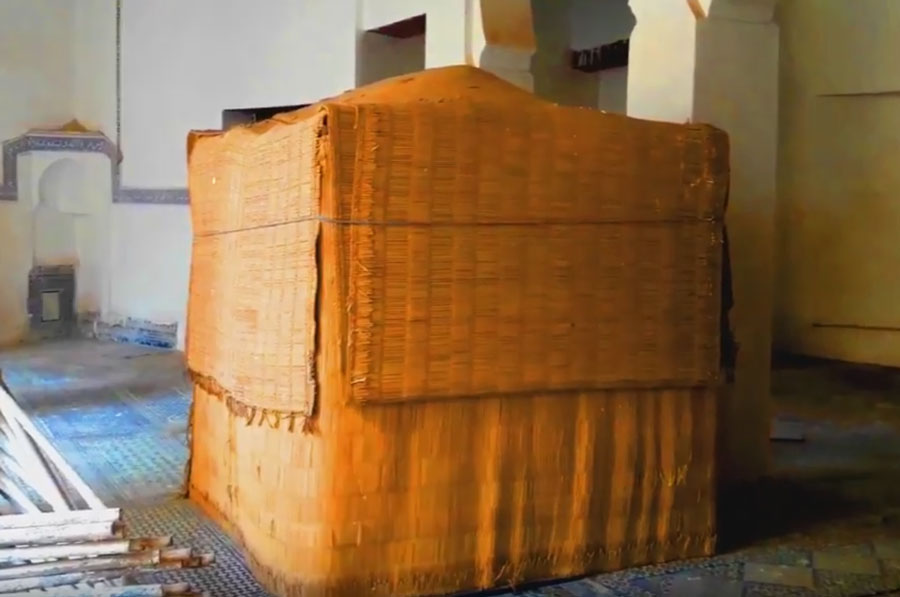
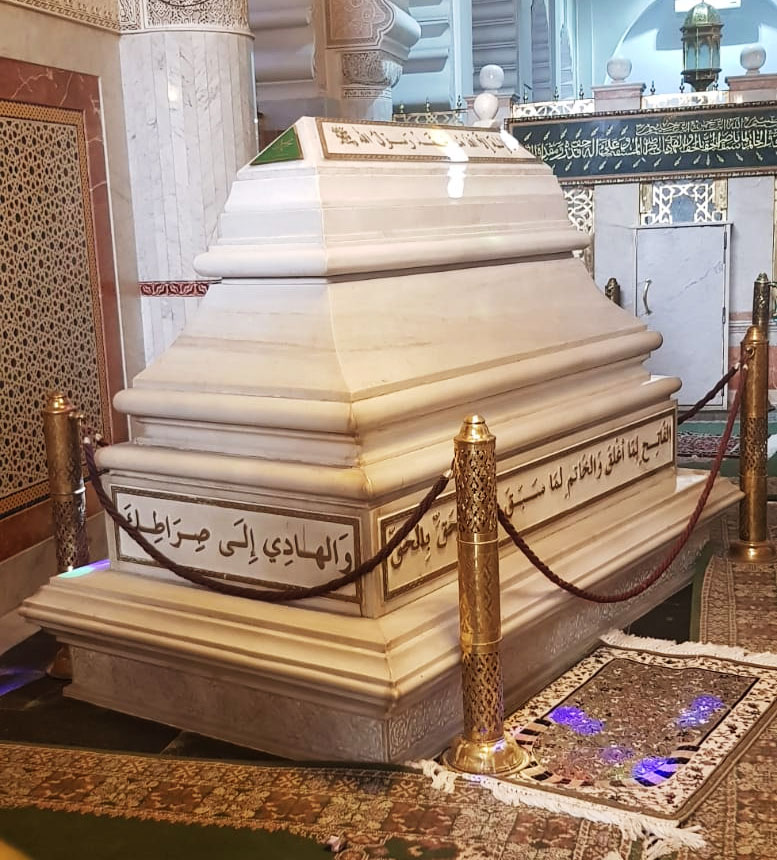

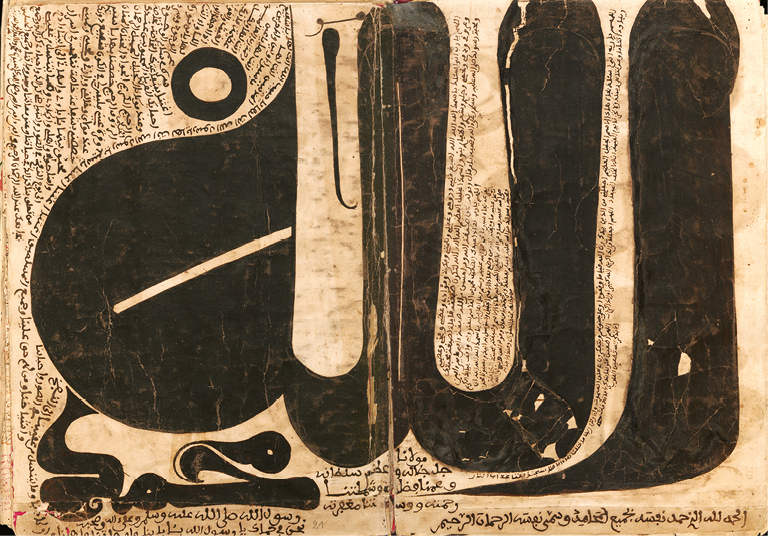
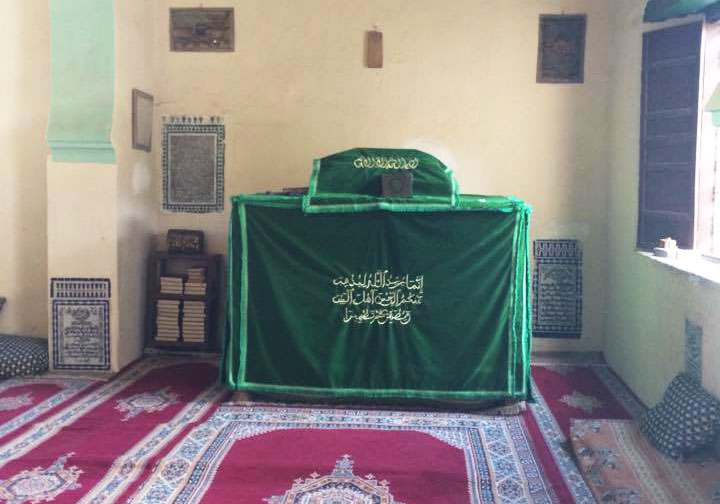

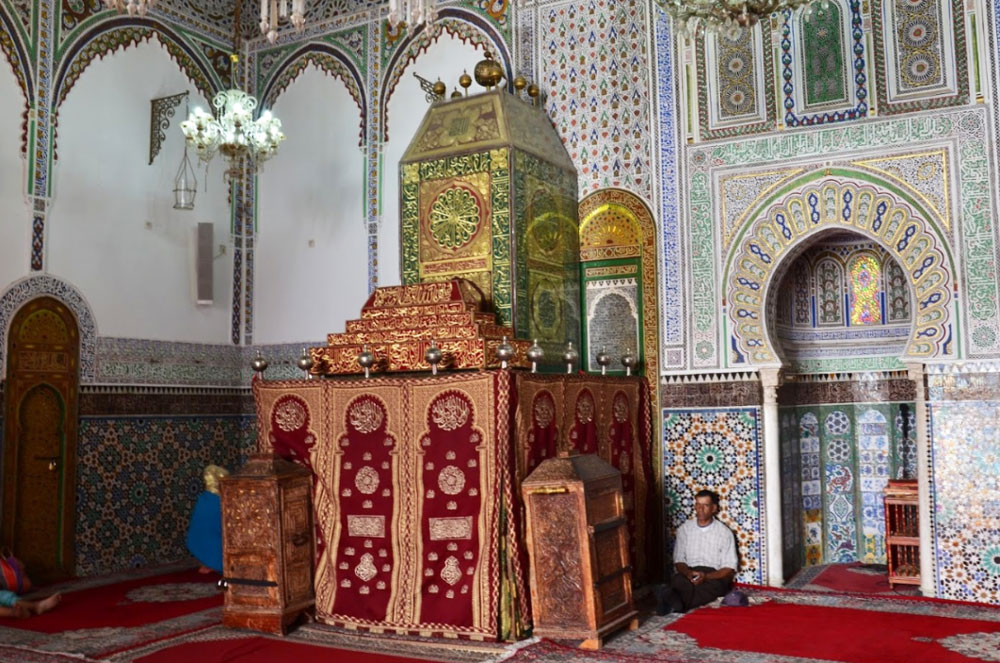
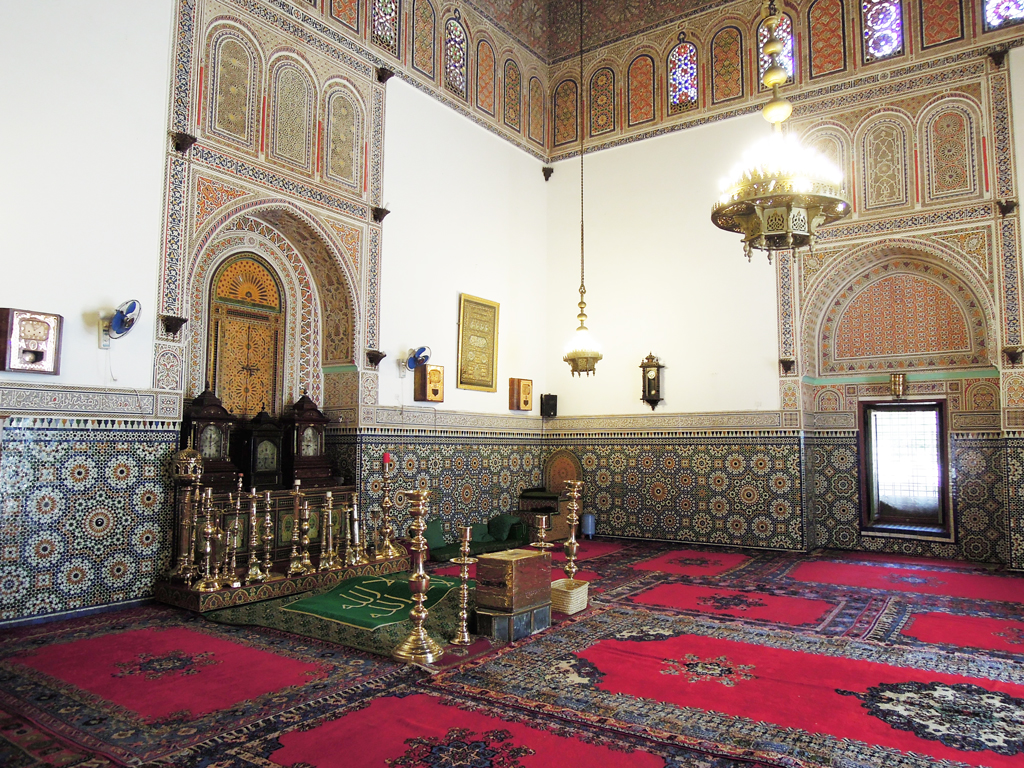






























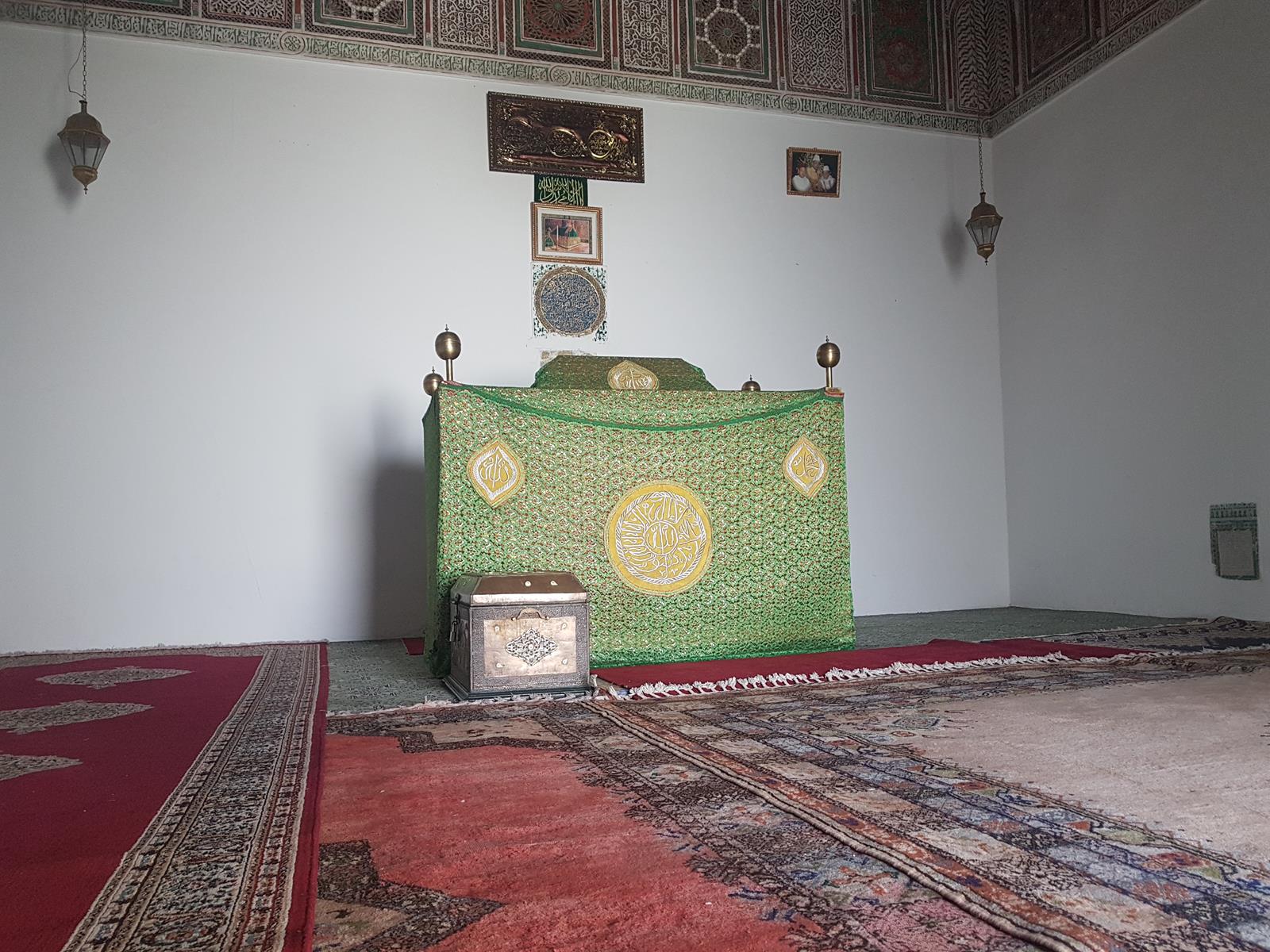




Find all our meditations on the Nur App!
Experience tranquillity through Qur'anic recitations and meditations on our Nur App and develop healthy spiritual routines to maintain your God-given Nur (light).
